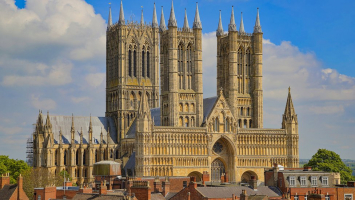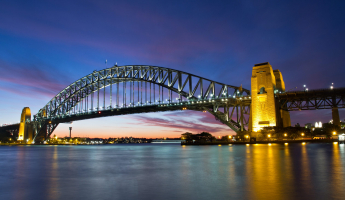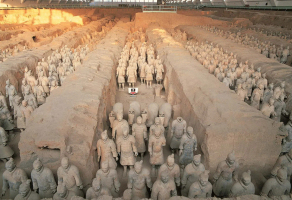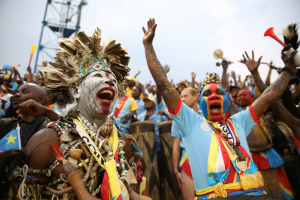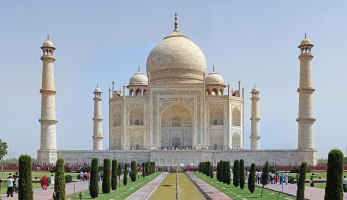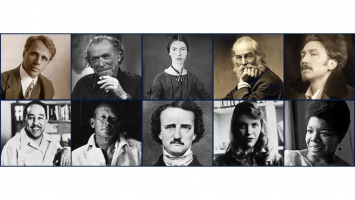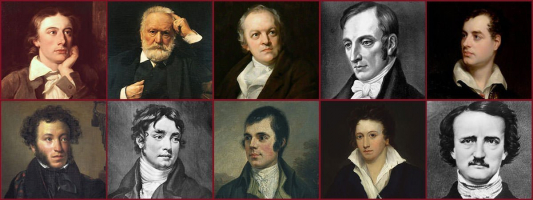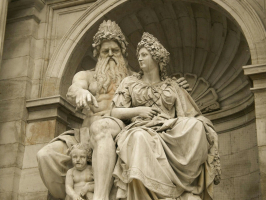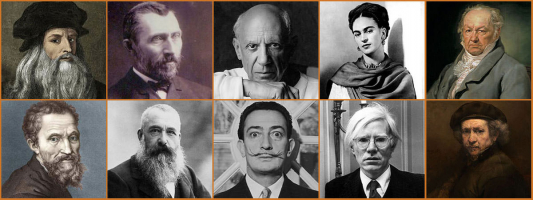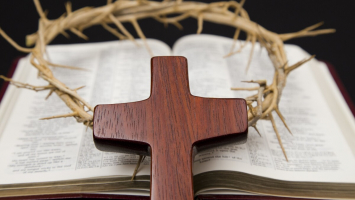Top 9 Most Famous Crusades Into The Holy Land
The Crusades were a group of nine military expeditions that aimed to retake from the Muslims Jerusalem and other Christian holy sites. In order to support the ... read more...Byzantine Empire in its struggle with the Seljuk Turks, they were formally established by Pope Urban II in the late 11th century. But soon the Crusaders' main focus shifted to the Holy Land, and many of them weren't just driven by good intentions but by by economic, political, and social ones. Some of the famous Crusades into the Holy Land between the 11th and 13th centuries are listed here.
-
Following Pope Urban's appeal to aid fellow Eastern Christians fighting the Muslims, the First Crusade was started which is one of the most famous Crusades into the Holy Land. The Byzantine Empire was expected to reclaim the conquered areas, but after seizing Jerusalem in 1099, the crusader commanders divided the territory among themselves. They established themselves as the kings of the newly founded Crusader kingdoms in the Holy Land by founding the Kingdom of Jerusalem, the Principality of Antioch, the County of Tripoli, and the County of Edessa.
The emergence of the Seljuks against the Byzantine army in ancient Armenia, capturing cities like Antioch and Edessa as well as Jerusalem, was a key cause of this war. To aid the Eastern Christians, Pope Urban started the First Crusade. Hugh of Vermandois, Godfrey of Bouillon, Raymond of Saint-Gilles, and Bohemond of Taranto organized four armies under their command to retake the Holy Land and Jerusalem from Muslim rule.
The four armed armies sent more than 60,000 soldiers into this combat. Following military operations in the Middle East and Asia Minor, they finally took back Jerusalem on July 15, 1099 CE, after first taking back places like Antioch and Nicaea. After winning the First Crusade against the Muslims, the crusader leaders established the Principality of Antioch, Kingdom of Jerusalem, County of Edessa, and County of Tripoli.
Time: 1096 - 1099
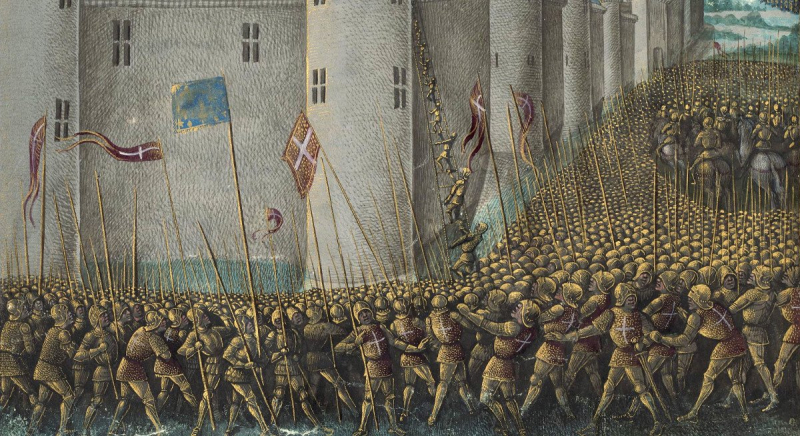
Photo: Boot Camp & Military Fitness Institute 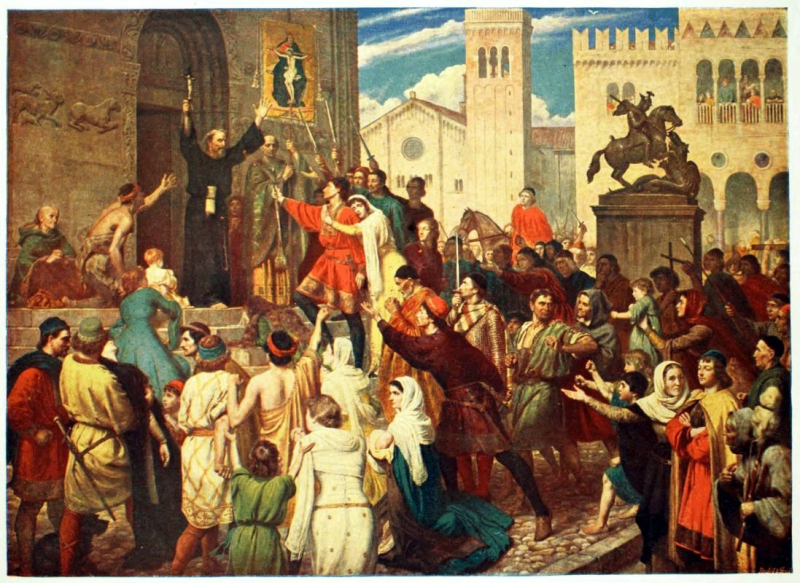
Photo: Learn Religions -
The Second Crusade, which originated in Europe, was a Catholic holy conflict with Islam. The First Crusade's failure to save the County of Edessa, established in 1147, prompted the start of the Second Crusade, which was commanded by King Conrad III of Germany and King Louis VII of France.
They desired to retake the County of Edessa, which the Muslims had stolen in 1144. Both armies arrived in Anatolia via different paths, but the Seljuk Muslims overcame both of them. In 1148, the commanders traveled to Jerusalem with their forces and took part in an assault on Damascus. The Second Crusade's primary goal, which was to free the Latin East from Muslim control, was not achieved.
The crusader state of County of Edessa was the first to arise and the first to fall. Muslims significantly outnumbered crusaders in the Crusade in the East, which resulted in a major triumph for the latter group. The Third Crusade began in the 12th century as a result of its significant impact on Jerusalem's destruction. The joint Christian army of 13000 Frisian, Flemish, Norman, Scottish, English, and German Crusaders enabled the smaller Portuguese force of 7000 men to conquer Lisbon and drive out its Moorish inhabitants while they were traveling by ship from England to the Holy Land of Jerusalem.
Time: 1147 - 1149
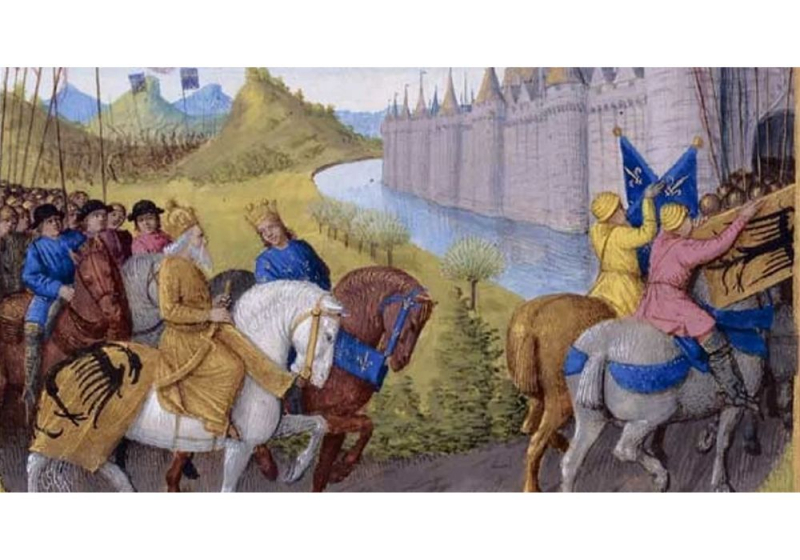
Photo: World History Encyclopedia 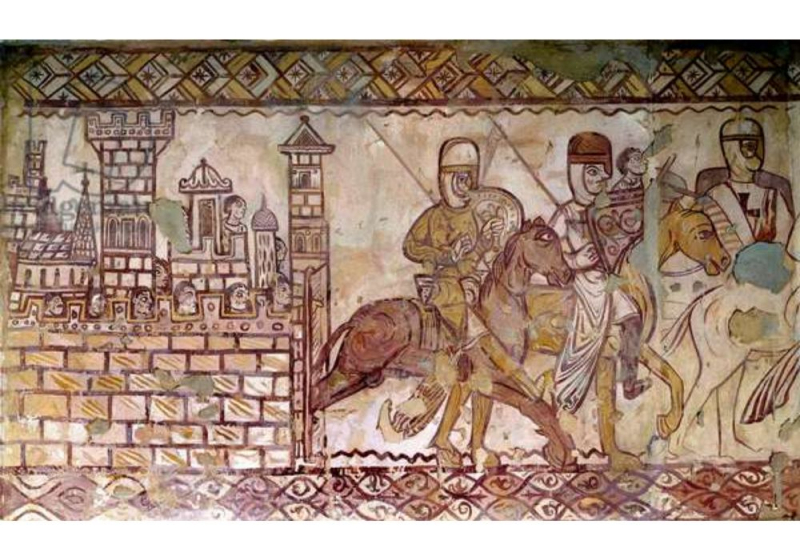
Photo: Bridgeman Images -
The Third Crusade, sometimes known as the Monarchs' Crusade because it involved as many as three European kings, was organized in response to Jerusalem being conquered by Saladin in 1187 and one of the most famous Crusades into the Holy Land. However, Philip II quickly left for France owing to disputes with Richard I of England, while Frederick I (Barbarossa) of Germany passed away on the way to the Holy Land. However, they were unable to retake Jerusalem despite winning several major engagements. However, the English king was able to secure free entry to Jerusalem for Christian pilgrims before leaving for Europe.
Frederick I, Holy Roman Emperor of Germany, joined the battle as well, but on June 10, 1190, in Asia Minor, he tragically drowned in a river. German Crusaders were upset by this, and the majority of them went home. Although the Crusaders were unable to take back Jerusalem, King Richard I was able to negotiate a compact that allowed unarmed Christian pilgrims and traders unfettered access to the holy city.
The important cities of Jaffa and Acre were taken by the Third Crusade, and many of Saladin's victories were reversed. The Third Crusade's spiritual and emotional goal, to retake Jerusalem, was not achieved.
Time: 1189 - 1192
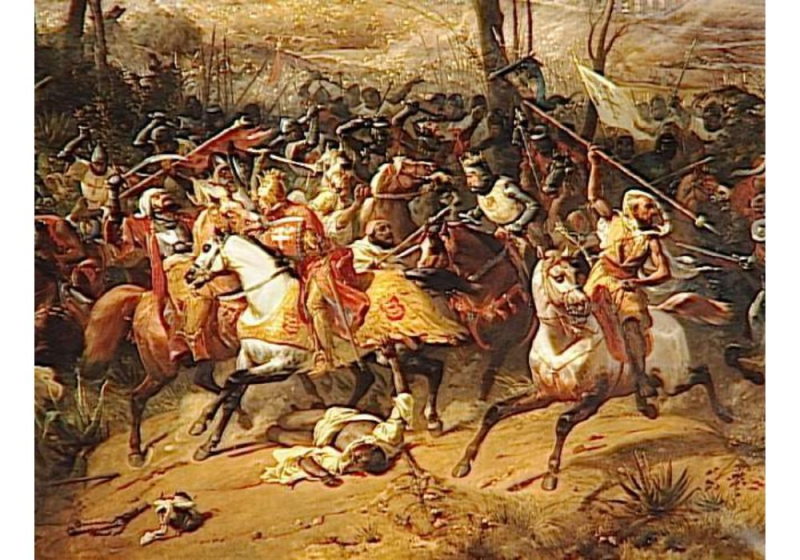
Photo: Blendspace 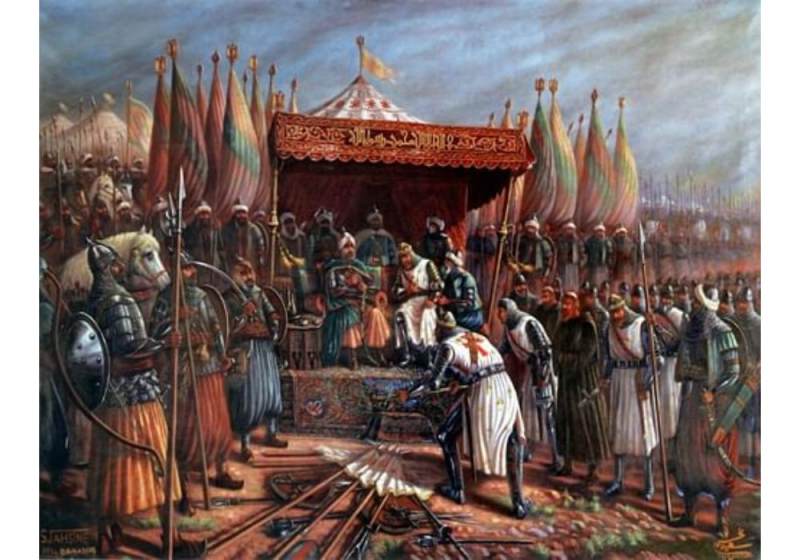
Photo: World History Encyclopedia -
Pope Innocent III declared the Fourth Crusade with the intention of capturing Jerusalem from Muslim rule by invading through Egypt. He was able to organize a crusader army, but they were unable to get to the Holy Land. Following their conquest of the Adriatic city of Zara, the Crusaders joined the conflict for the Byzantine throne.
The Fourth Crusade didn't achieve its goal; instead, it resulted in the sack of Constantinople, the greatest Christian city and the capital of the Byzantine Empire, in 1204. The city's treasures, artifacts, and relics were looted, and the Byzantine Empire as a whole was split between Venice and its allies.
One of the last events in the Great Schism between the Eastern Orthodox Church and the Roman Catholic Church was this. A crucial turning point in the decline of the Byzantine Empire and, with it, of Christianity in the Near East, was the siege of Constantinople. The Fourth Crusade earned its notorious reputation as the most unscrupulous and profit-driven of all the crusades.
Time: 1202 - 1204
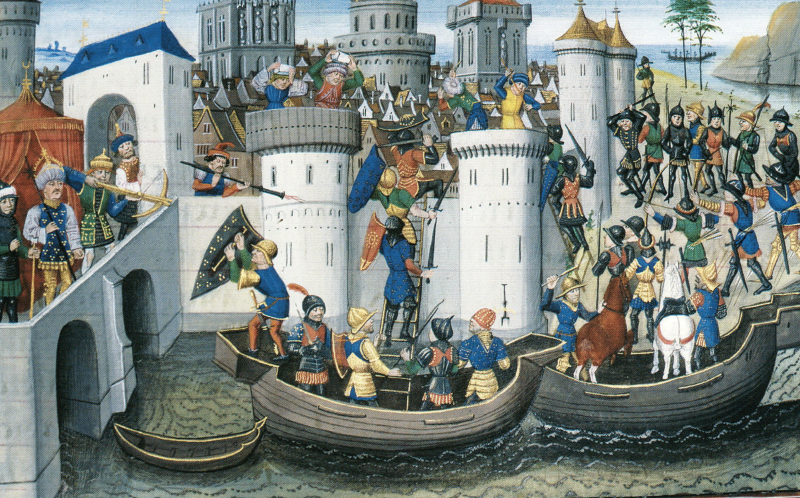
Photo: Wikipedia 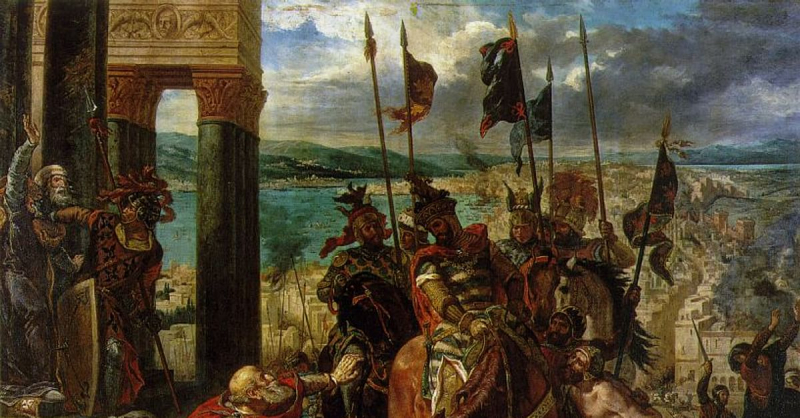
Photo: World History Encyclopedia -
The Popes continued to promote troop missions to the Holy Land even after the notorious Fourth Crusade failure. Pope Innocent's successor Honorius III was successful in convincing Leopold VI, Duke of Austria, and Andrew II, King of Hungary, to serve as the one of the most famous Crusades into the Holy Land expedition's commanders. However, they chose to launch the campaign in Egypt.
The major goal of this crusade was to reinstate Christian control over Jerusalem and a few Egyptian sacred towns. When the Crusaders took control of the port city of Damietta in 1219, they were promised all the holy cities in exchange for leaving Egypt.
Due to their victory, the crusaders decided against leaving, which turned out to be a blunder. They were compelled to retreat without taking either Egypt or the holy cities when the invasion to Cairo was unsuccessful. The Fifth Crusade generally failed because of a lack of funding.
Time: 1217 - 1221
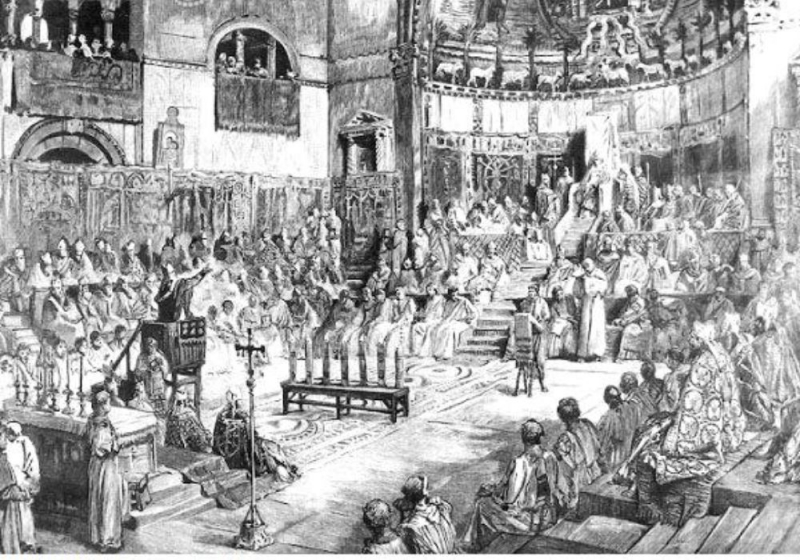
Photo: History Learning 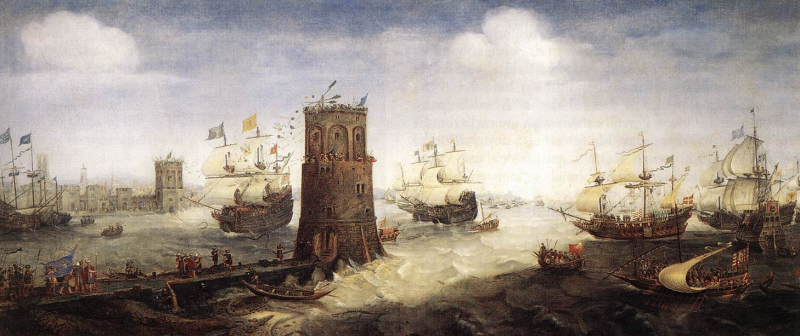
Photo: Wikipedia -
Despite having minimal combat, the Sixth Crusade was a huge success for the crusaders. The Holy Roman Emperor Frederic II, who oversaw the campaign, was excommunicated at the time. Frederick II negotiated with the Egyptian sultan shortly after his arrival in the Holy Land, and he promised to deny Christians access to Jerusalem, Nazareth, Bethlehem, and other holy towns.
Jerusalem had been in Muslim rule since 1187 CE, but it was eventually retaken from them largely to Frederick's diplomatic abilities rather than any actual combat.
As a result, the Sixth Crusade succeeded in accomplishing peacefully what the earlier, brutal and violent Crusades had failed to do.
Time: 1228 - 1229
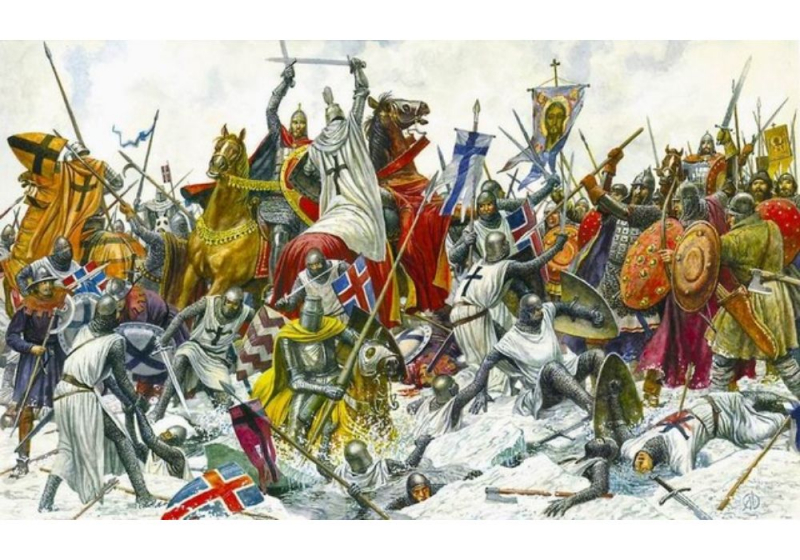
Photo; Timetoast Video: Real Crusades History -
The Seventh Crusade was started by Louis IX of France, who wanted to take Egypt first and then return to the Holy Land. Similar to the Fifth Crusade leaders, Louis IX was able to take Damietta but was unsuccessful in taking Cairo. King Louis IX of France decided to launch the Seventh Crusade in December 1244 as a direct response to the loss of the Holy City, despite the lack of enthusiasm from his closest noblemen and barons and being sick with malaria.
He was eager to retake Jerusalem, which the Turks had retaken in August 1244, some fifteen years after Frederick II and his Sixth Crusade had triumphed. He was also keen to liberate Damascus, which the Sultan of Egypt's huge army had conquered. Due to a truce between the Holy Roman Empire and the Bishop of Rome, King Louis thought the time was right for a new Crusade to begin in Europe. The Holy Roman emperor and his barons ultimately agreed to support King Louis in his efforts to begin the Seventh Crusade because the French Kingdom was at peace at the time.
Without encountering any resistance, King Louis was able to capture Damietta and began his advance toward Cairo. The crusader army contracted sickness, and Muslim resistance grew more tenacious, which prevented Kin Louis from capturing Cairo and forced him to leave his operations headquarters at Damietta.
Time: 1248 - 1254
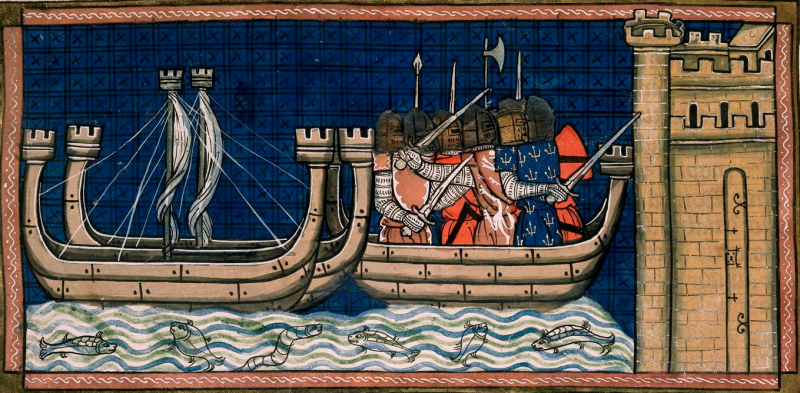
Photo: HISTORY CRUNCH 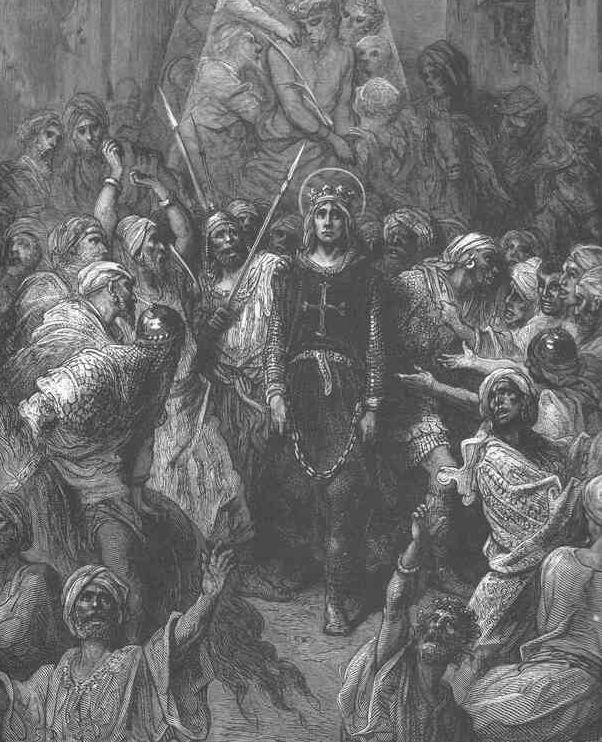
Photo: HISTORY CRUNCH -
The Eighth Crusade, led by the French King Louis XI, was the second effort to set the holy cities free. Sixteen years after the failure of the Seventh Crusade, the Eighth Crusade began.
Distress about the shrinking potential restricted to the remaining states of Crusaders led to the creation of this crusade. The plan was to attack Tunis first and take it over, then advance up the coast of North Africa and expel the Muslims from Egypt, and last free Jerusalem. King Luis erroneously thought that Tunisia could be converted to Christianity without any difficulty. But when he got there, he saw that the city had been prepared for any invasion. Armed forces from Morocco were brought in to defend the city and a new city wall was erected.
The local soldiers harassed the crusaders. Soon after that, a sickness spread among the crusaders, and King Louis XI fell ill and passed away. One day prior to his passing, Charles of Anjou, Louis' brother, had come with supplies and troops for the Crusaders. Charles assumed complete command of the troops and the crusades. Being an unwilling crusader, Charles promptly made a deal with Tunis' Bey to make sure the crusaders left safely. The campaign was stopped even before it had officially started in August 1270.
Time: 1270
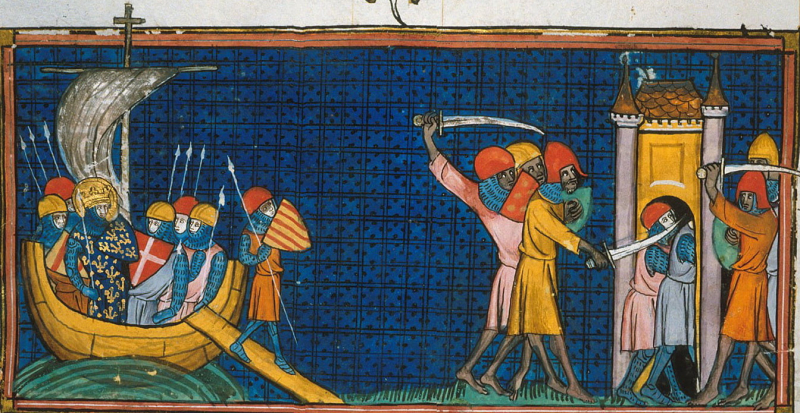
Photo: HISTORY CRUNCH Video: Real Crusades History -
Prince Edward of England, who participated in the Eighth Crusade, led the final of a string of military missions that tried to retake the Holy Land from the Muslims. The English prince made the decision to embark on his own mission following the passing of the French monarch and the departure of the French crusaders. He arrived in Acre in 1271 and attempted to recruit followers for his cause, but he soon decided to go back home after hearing about his father's illness in England and encountering a lack of interest. Prince Edward's departure marked the end of Christian Europe's attempts to conquer the Holy Land.
It was customarily regarded as the final significant crusade to Jerusalem and took place in 1271 - 1272. For Edward of England, it saw a number of notable conquests over Baibars. When Edward first arrived in England in 1271, he made an effort to rally support for his cause, but there was no response. This, coupled with news of his father's illness, caused Edward to decide to go back home. His departure marked the end of Christian Europe's numerous attempts to retake the Holy Land of Jerusalem.
Due to the fall of Acre, perhaps the last crusader stronghold in Palestine, the crusading era in Jerusalem came to an end in 1291. Although the nine Crusades finally brought the Europeans to ruin, it has been argued that they were successful in spreading Christianity and Western civilisation. This Ninth Crusade is considered one of the most famous Crusades into the Holy Land.
Time: 1271 - 1272
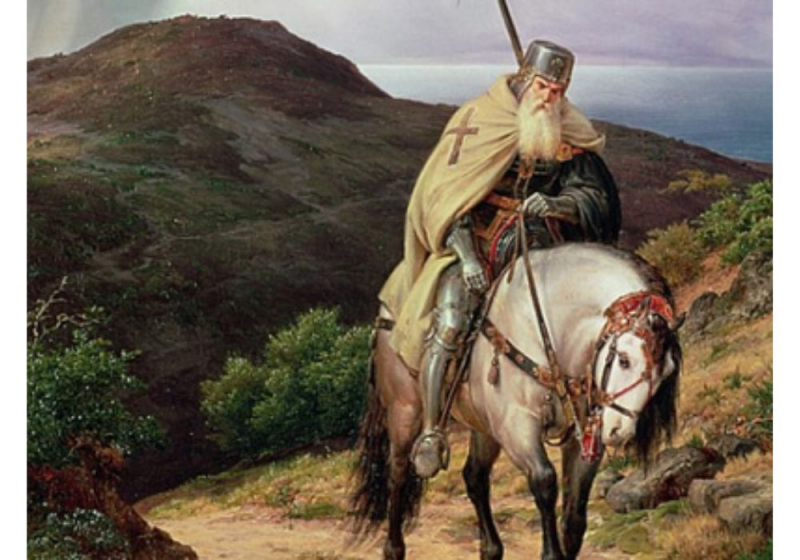
Photo: Stories Preschool Video: Real Crusades History











